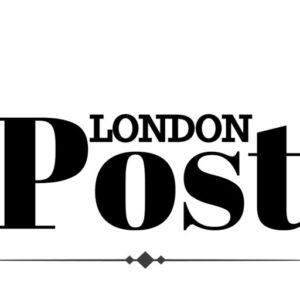London boroughs are calling for the government to “reexamine” proposed changes to the way it assesses need for children’s services, as research suggests the reforms fail to account for housing poverty when calculating deprivation and could have a “devastating impact” on budgets.
Joint analysis from the National Children’s Bureau and Public Alchemy [1], commissioned by the cross-party London Councils group, found “serious issues” with the proposed Children and Young People’s Services (CYPS) relative needs formula and concluded that its robustness and accuracy are questionable.
The proposals are part of the broader reform of council funding allocations (Fair Funding Review 2.0), due to be implemented next year (2026-27). The government is currently consulting on how funding is distributed between local authorities – changes that London Councils stresses will be “make or break” for boroughs’ financial stability.
The National Children’s Bureau and Public Alchemy research found that the draft CYPS formula:
Has questionable overall robustness and accuracy, despite the formula’s importance to future funding of local services. The proposed approach is a unique way to calculate need, with limited prior testing and proposed metrics that are not clearly correlated with need. Further still, there has been a significant change in the formula’s methodology, leading to substantial changes in the distribution of resource among local authorities.
Measures deprivation through the Income Deprivation Affecting Children Index (IDACI). However, the IDACI does not account for housing costs when calculating income deprivation. The result is that the true level of deprivation is not being accurately accounted for under the proposed model, which will skew the allocation of funding. Communities with high levels of poverty driven by housing costs could lose out – and this is a particular concern for London.
Additionally proposes to measure deprivation through the number of children accessing Free School Meals (FSM). However, this measure also fails to account for housing costs, and there is likely to be significant undercounting of those accessing FSM, which will underrepresent need. A better metric would be the number of children in households receiving Universal Credit.
Uses a subjective measure of child health rather than a more objective measure that captures a broader range of need, like Special Educational Need and Disability (SEND) figures.
Appears to replace ‘overcrowded housing’ as a metric with ‘under-occupied housing’ without explanation. Overcrowded housing is strongly correlated with children’s social care needs.
Suggests metrics on parents’ education levels – the only metric in the proposed formula relating to parental characteristics as opposed to a child’s socioeconomic context. Crime data has a stronger correlation with children’s social care needs than parental qualifications, reflecting that crime rates in a given area are a more accurate and appropriate way of measuring need.
London Councils’ modelling of the impact of the funding reforms suggests the changes to the CYPS formula result in the largest changes to funding allocations across the country by far.
London Councils’ analysis indicates £1.5bn of funding share could be redistributed away from the capital as a result, with all but one London borough seeing their funding share decrease [2].
The new formula assumes London’s need for children’s services has decreased by nearly 40%, despite boroughs overspending on their children’s services budgets by more than £150m for each of the previous two years, and the 2021 census finding London saw a bigger rise in its child population than the rest of England since 2011.
The children’s relative needs formula represents around a quarter of the wider relative needs formula that the government is consulting on, which will allocate over £30bn of general funding from 2026-27 nationally.
Boroughs argue the formula has been developed “behind closed doors” without sufficient scrutiny or road-testing from councils and the children’s sector.
London Councils estimates that the overall impact of the proposed reforms (factoring in all formulae changes) means London boroughs will ultimately receive £700m less than they would under current funding arrangements [3]..
This includes the children’s formula impact – which is negative for London – but also proposed changes that London boroughs welcome, such as greater recognition of councils’ temporary accommodation pressures.








